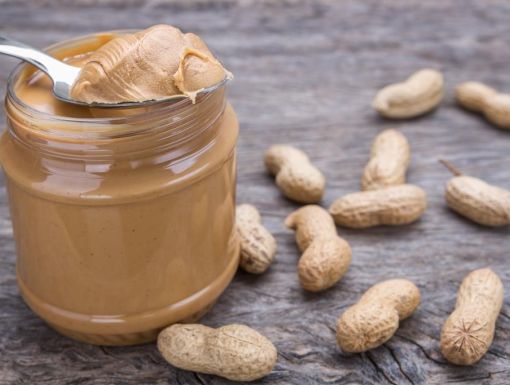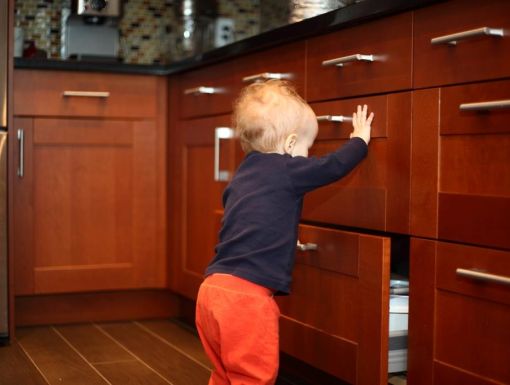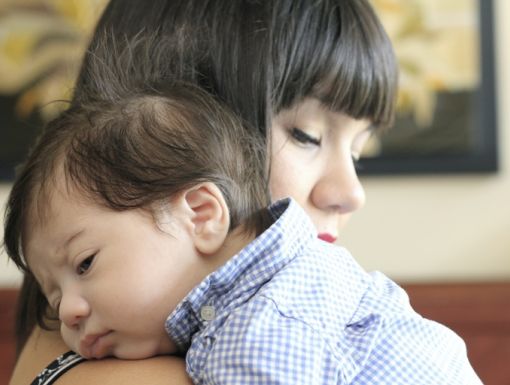
Hand, Foot, and Mouth Disease Prevention
Hand, foot, and mouth disease, or HFMD, is a contagious illness that is caused by different viruses. It is common in infants and children younger than 5 years old. However, older children and adults can also get HFMD.
What Are the Symptoms of HFMD?
Symptoms of hand, foot, and mouth disease often include the following:
- Fever
- Reduced appetite
- Sore throat
- A feeling of being unwell
- Painful sores in the mouth that usually begin as flat red spots
- A rash of flat red spots that may blister on the palms of the hands, soles of the feet, and sometimes the knees, elbows, buttocks, and/or diaper area.
These symptoms usually appear in stages, not all at once. If you’ve read my previous blog posts, you know that I have a 10 month old daughter who attends daycare. Unfortunately, daycare is the perfect environment for HFMD to spread and unfortunately, my little one caught it.
Her first symptom was a rash on her bottom. But everyone is different and can present different symptoms. Some people may show no symptoms at all, but they can still pass the virus to others.
There is no specific treatment for HFMD since it is a virus. Fever and pain can be managed with over-the-counter fever reducers and pain relievers, such as acetaminophen (if age appropriate) or ibuprofen. It is important for children with HFMD to drink enough fluids to prevent dehydration. My little girl lost her appetite when she was sick, so we stuck with lots of bottles and pedialite popsicles, which helped sooth the blisters in her mouth.
Can You Prevent HFMD?
There is no vaccine to protect against HFMD. However, you can reduce the risk of getting infected by following a few simple steps:
- Wash your hands often with soap and water for 20 seconds, especially after changing diapers, and help young children do the same
- Avoid touching your eyes, nose and mouth with unwashed hands
- Avoid close contact such as kissing, hugging, and sharing cups and eating utensils with people who have HFMD
- Disinfect frequently touched surfaces and objects, such as toys and doorknobs, especially if someone is sick
Your child should also steer clear of daycare or school until the fluid in the blisters has dried up and fever has subsided.
Hand, foot and mouth disease is usually not a serious illness. Most children get better quickly without any complications. If you have questions about HFMD, please contact your child’s healthcare provider.



